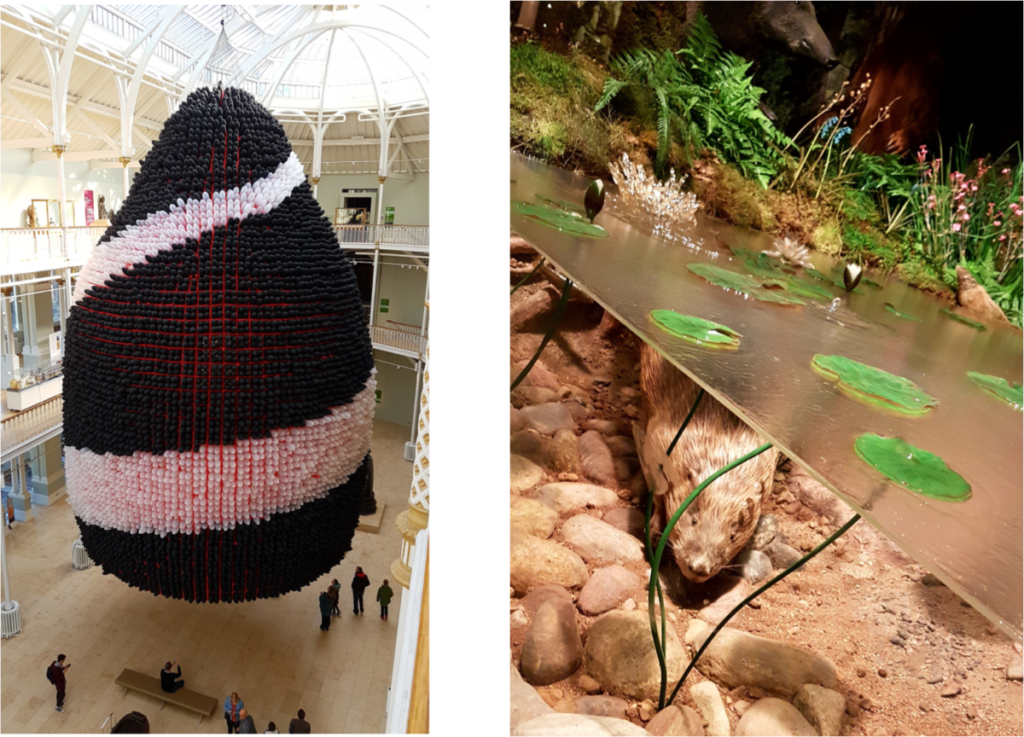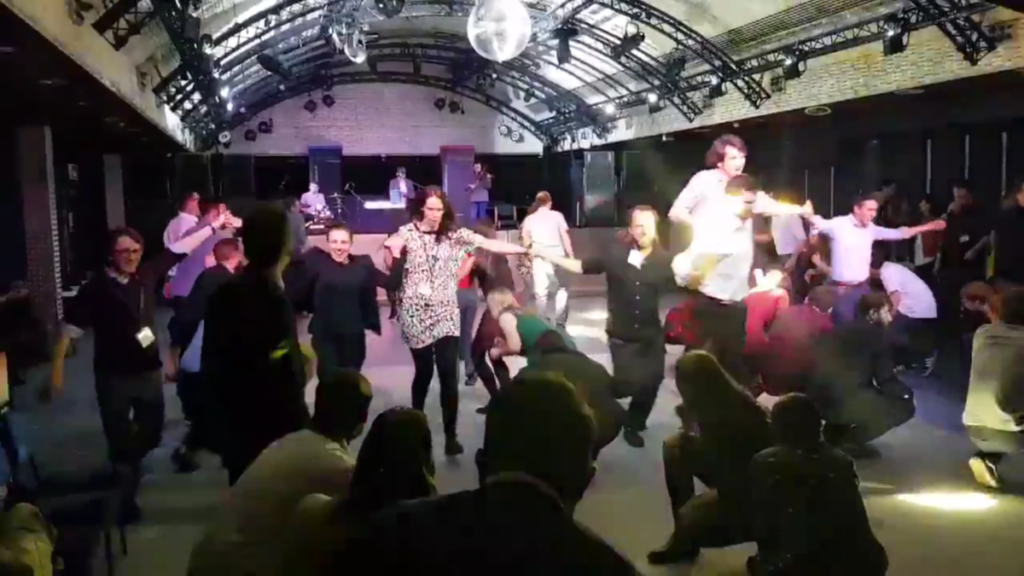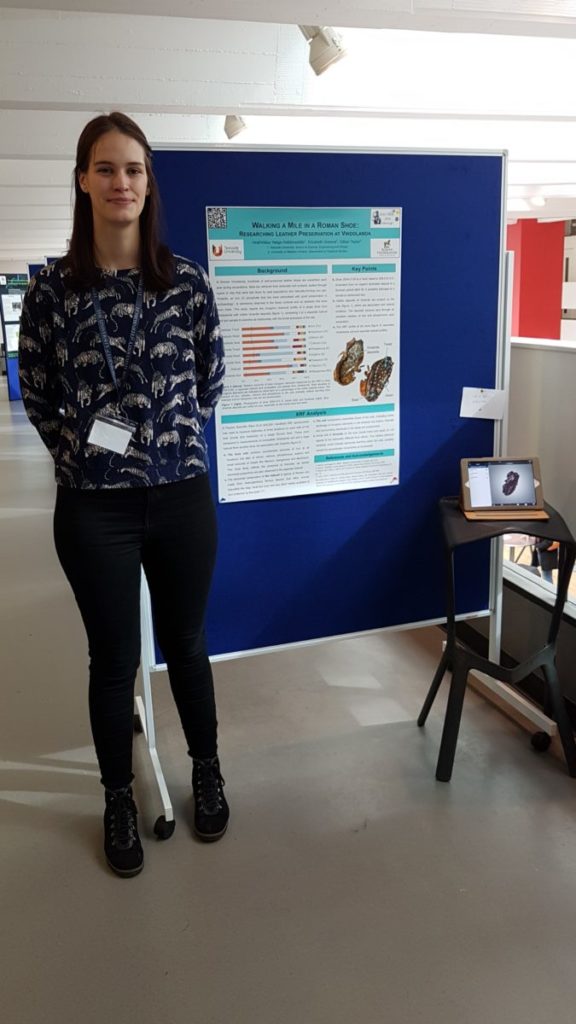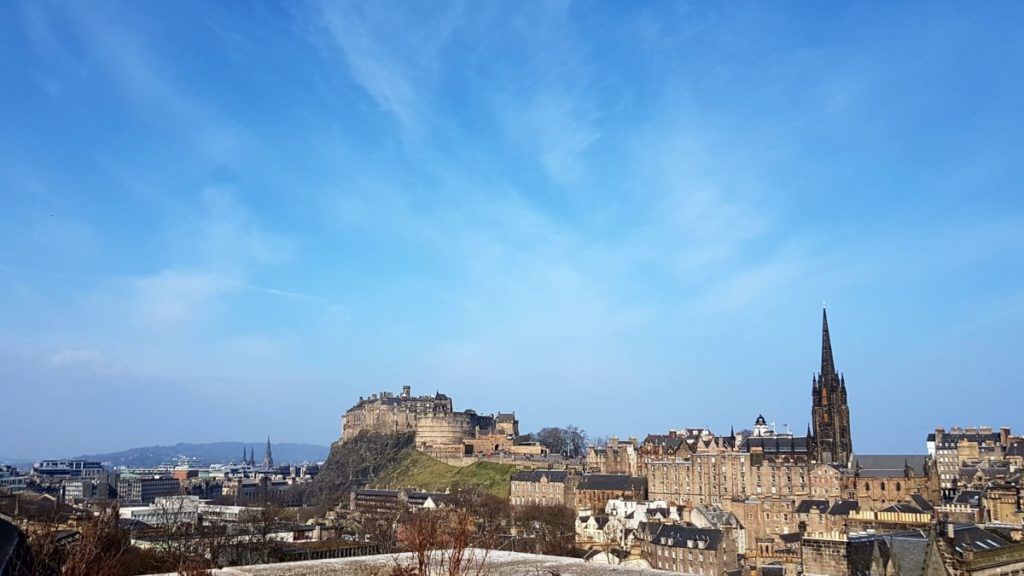Good afternoon!
This week, TUBA attended the Roman Archaeology and Theoretical Roman Archaeology Conference (RAC/TRAC), dubbed the “premier international event devoted to Roman archaeology”. Some may wonder, what have the Romans ever done for us? Well, the conference featured no conspirators in a darkened room, no masked activists, although there was a Matthias (and probably a Reg, Stan and Francis too), and certainly an ominous mist coating the city. Despite the absence of Monty Python sketches, the RAC/TRAC did enlighten the audience on many aspects of Roman life, many of which still influence life today. And here, we’re going to share with you just a snapshot of our time there!
This year, RAC/TRAC was held at Edinburgh, a truly fascinating city with a wealth of knowledge and hidden treasures. There are also some questionable “treasures”, that is, if you consider a pocketbook made out of the tanned skin from the buttocks of the late William Burke as a treasure. If that, and the other pathological displays housed in the Surgeon’s Hall Museum sound a bit too morbid for you, then just round the corner is the marvellous and deceptively massive National Museums Scotland.

The conference itself (I mean, that IS why we visited Edinburgh!) covered such a diverse range of topics, including architecture, crafting, gardens, identity, recycling, shopping, stable isotopes, wars, water, writing, and even dogs, across five simultaneous sessions. It may not come as a surprise to you, but the TUBA team were definitely in keen attendance to the talks covering Vindolanda, Hadrian’s Wall, leather and graves! In fact, one talk suggested the discovery of a new Roman god called Bregneus, though they emphasised that it’s early days and their upcoming excavations shall hopefully shed some light on these curse tablets dedicated to Bregneus.
Now, what conference wouldn’t hold some form of reception or party, eh? Well, in keeping with the location, there was a Scottish Ceilidh (it’s taken an embarrassingly long time to learn how to pronounce it). Imagine line dancing, but with kilts and out-of-breath dancers. Just one song was more tiring than an ABBA boogie marathon! Fortunately, these two left feet decided to co-operate for the first time, even whilst being filmed!

Not to play favouritism here, but the best session was perhaps the workshop on multiple 10-minute discussions covering experimental archaeology, writing up research, and how to present our findings. Some truly pertinent debates that, frankly, need addressing across the whole of academia. However, the most exciting bit was the true reason why TUBA attended the conference. Poster day!! The third and final day saw the TUBA team have their posters on display.


I may over-exaggerate here, but the posters went down such a storm! People loved coming up and playing with the 3D scans and printed objects, proving these to be such an effective way of engaging the public with museum exhibits without endangering them. People were so engaged, we even missed both the coffee breaks AND lunch, without getting hangry (hungry and angry)!
After some final talks and celebrations of a successful conference, we headed off back to Teesside University, but not before heading to the top of the National Museum and Castle Rock, getting some spectacular views of Edinburgh Castle looking out at the city.

Edinburgh, it’s truly been a pleasure. Many thanks to the RAC/TRAC organisers, and the bursaries awarded to us by the Barbican Research Associates and the Roman Research trust for making this visit possible.
Until next time!
TUBA

